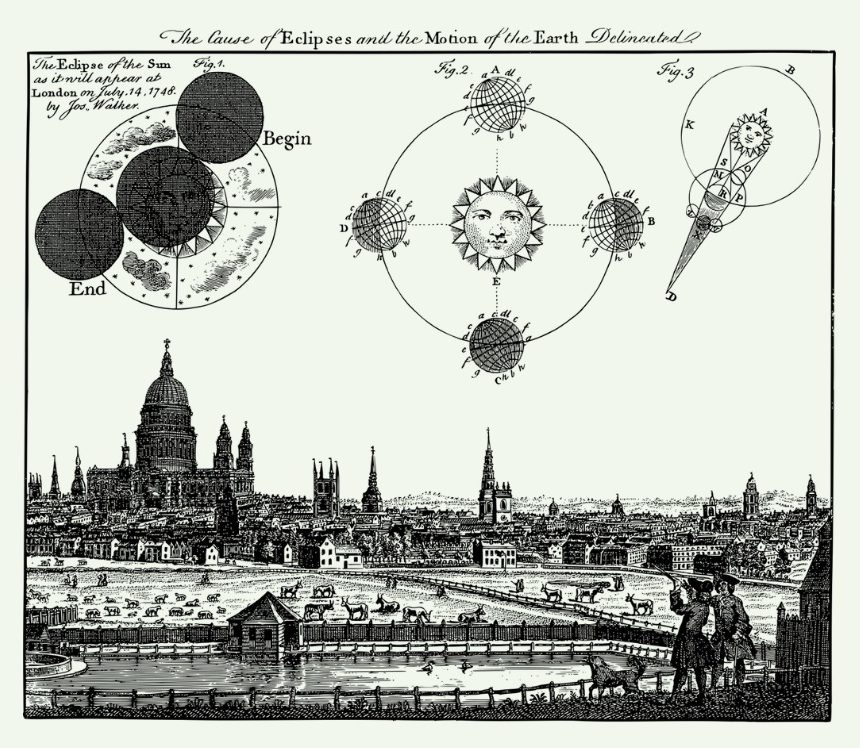A solar eclipse occurs when the Moon passes between Earth and the Sun, thereby totally or partly obscuring the image of the Sun for a viewer on Earth.A total solar eclipse will occur at the Moon’s descending node of the orbit. A solar eclipse always occurs about two weeks before or after a lunar eclipse. Usually, there are two eclipses in a row, but other times, there are three during the same eclipse season.
A Total Solar Eclipse
14 December 2020
Location: Earth; Much of Europe, Much of Asia, Australia, North America, South America, Pacific, Atlantic, Arctic
Saros: 142 (23 of 72)
Max. width of band: 90 km (56 mi)
Greatest eclipse: 16:14:39
Magnitude: 1.0254

- A solar eclipse is when the sun, moon and earth are in direct alignment.
- Our Sun’s corona, the very hot outermost layer of a star’s atmosphere, can only be seen during a total solar eclipse.
- Viewing one can damage your eyes unless you wear protective glasses.
- Occurs only during the new moon.
- Animals enter into the cycles of night and day as the eclipse occurs.
- There are electromagnetic waves that enter the atmosphere during an eclipse that do not normally succeed in penetrating the Earth’s atmosphere.
- The Earth body (including volcanoes) is impacted through the forces generated by the solar eclipse.
- Earth interacts with other objects in space, especially the Sun and the Moon.
- Earth’s only known natural satellite, the Moon, which began orbiting it about 4.53 billion years ago, provides ocean tides, stabilizes the axial tilt and gradually slows the planet’s rotation.
Solar Eclipse Facts
Read more articles on nature and eclipses
Sun and moon symbologyThroughout time we have been telling stories with metaphors and symbols to help explain the mysteries of life or
It is 11 August 1999 and I am gazing up at the Sun, my eyes protected by a flimsy cardboard solar filter.
My brain slowly moves from one state to another, sometimes unaware and following the rhythm, the ebbs and flows of daily life

